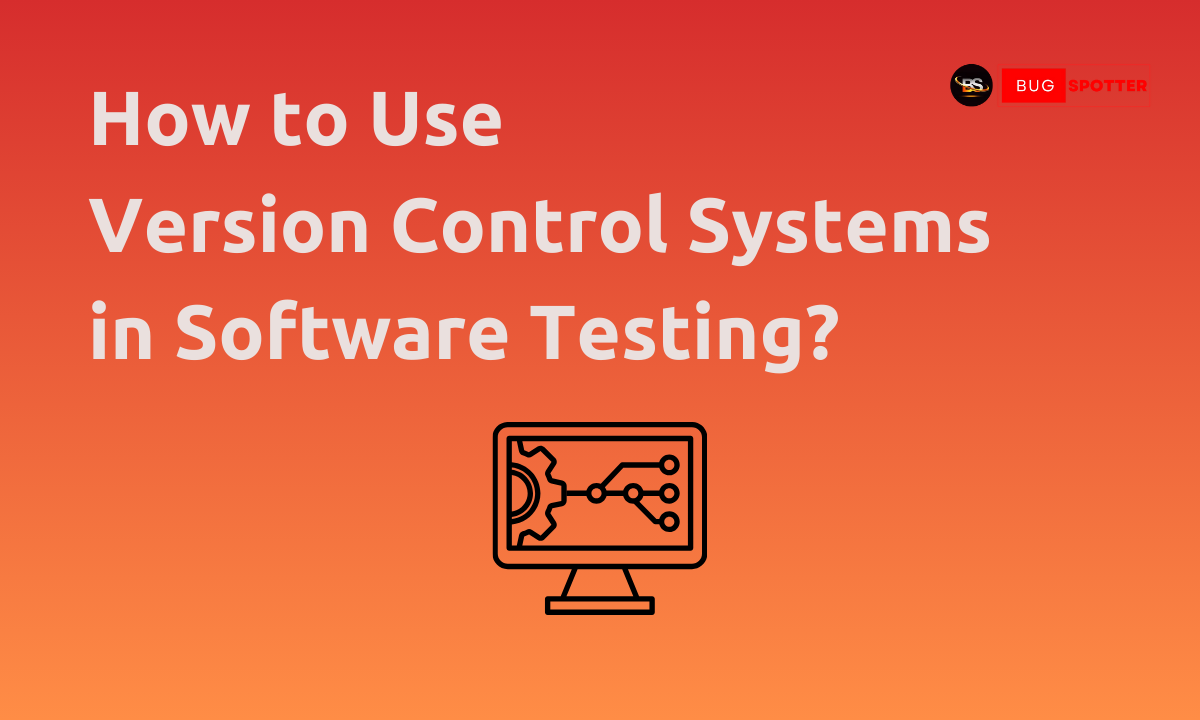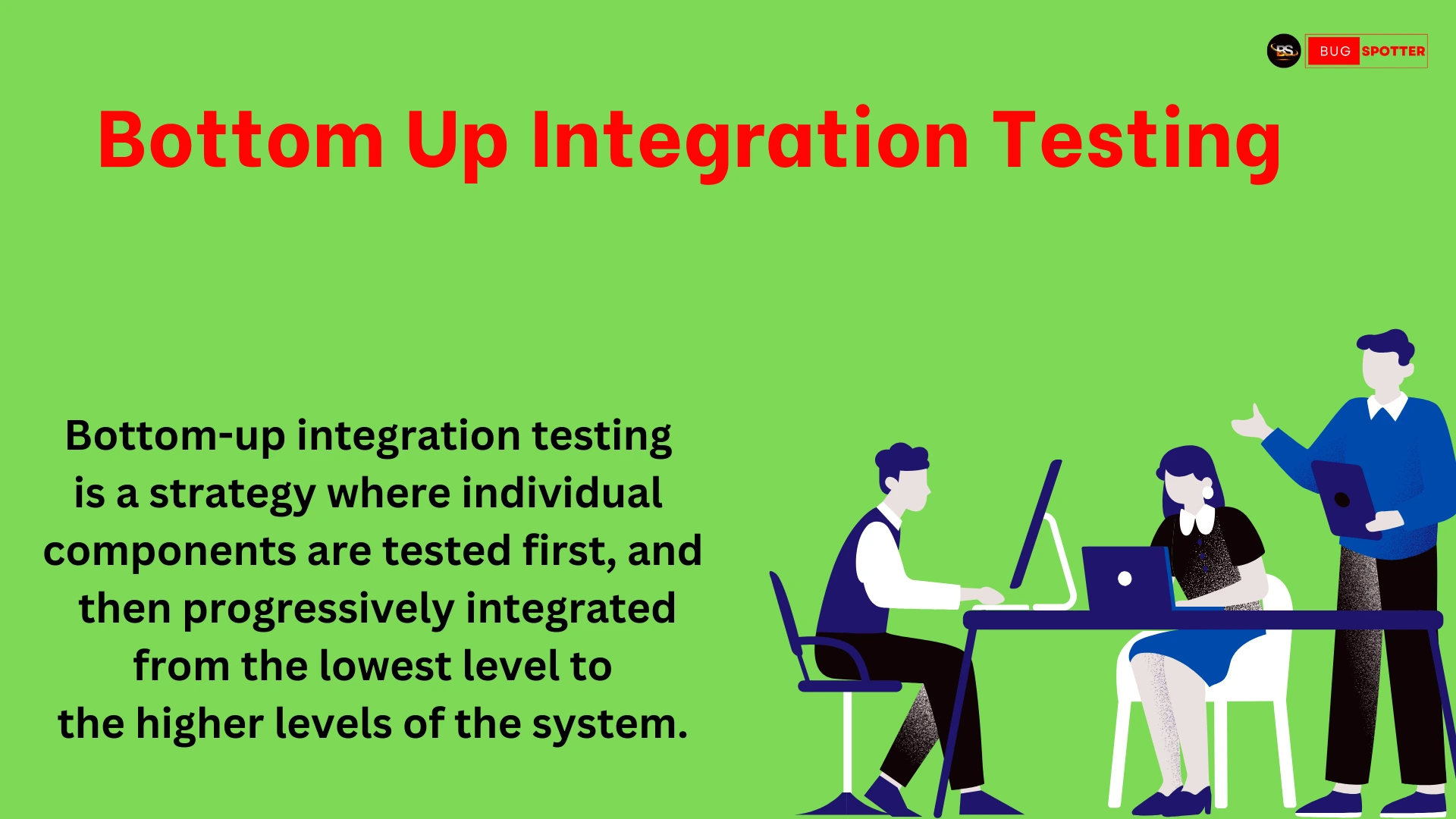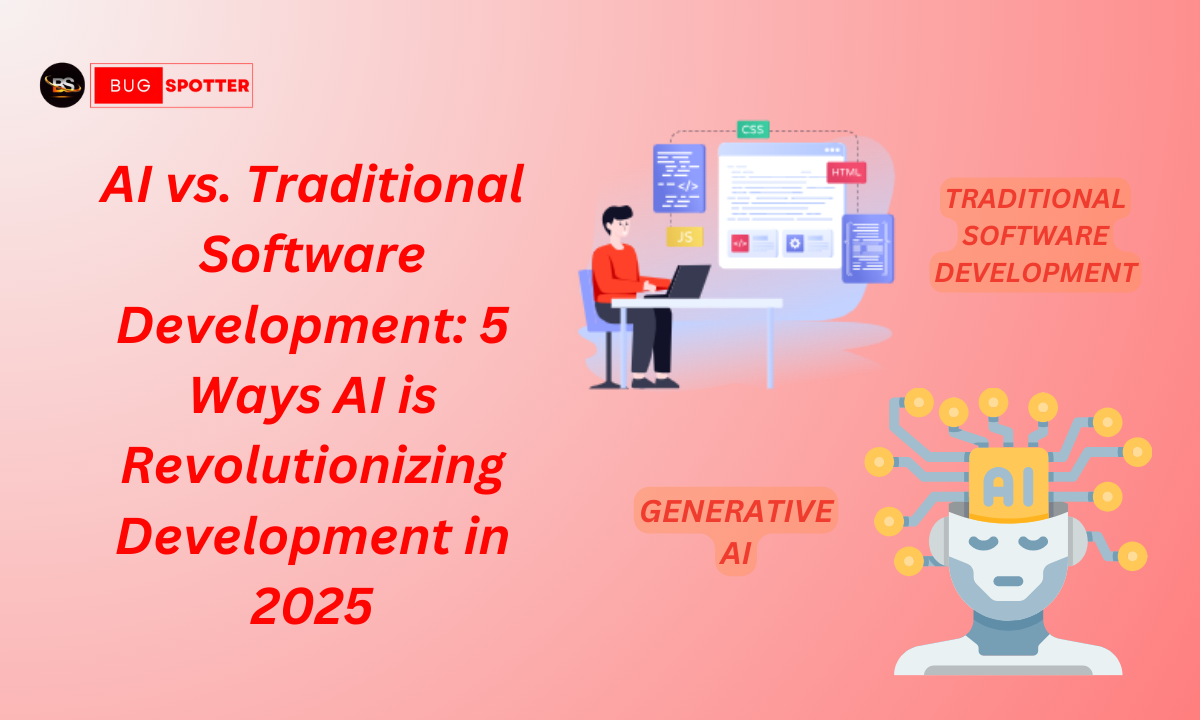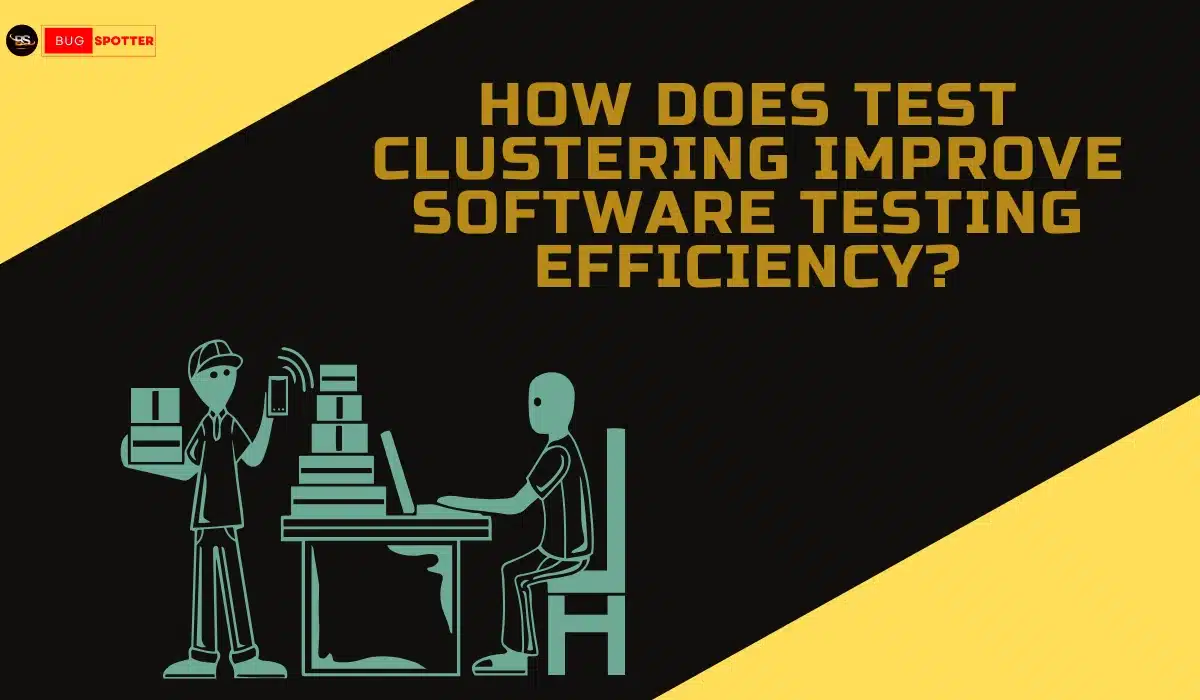Big Bang Integration Testing

Big Bang Integration Testing is a software testing approach where all modules of a system are integrated simultaneously and tested as a whole. This method is particularly useful for systems with closely coupled components. While it offers the advantage of testing a complete system at once, it also comes with challenges, such as difficulty in isolating defects and high debugging effort. In this article, we will explore the concept of Big Bang Integration Testing, its advantages, disadvantages, process, and best practices.
What is Big Bang Integration Testing?
Big Bang Integration Testing is a non-incremental approach in which all components of a system are combined and tested in one go. Unlike incremental integration testing, where modules are tested step by step, Big Bang Testing waits until all units are developed and then tests them together. This method is commonly used when the system has tightly coupled components or when developers work on independent modules that are only integrated at the end.
How Big Bang Integration Testing Works
The process of Big Bang Integration Testing involves the following steps:
- Develop Individual Modules: Each module of the software system is developed separately by different teams.
- Integrate All Modules: Once all modules are completed, they are integrated into a single system.
- Perform Testing: After integration, the entire system undergoes testing to check for defects, system crashes, and inconsistencies.
- Identify and Fix Defects: If defects are found, debugging is performed, which can be complex due to the large scope of integration.
- Retest the System: After fixing the issues, the system is tested again to ensure all modules work harmoniously.
Advantages of Big Bang Integration Testing
Big Bang Integration Testing has several benefits, including:
- Tests the Entire System at Once: This approach ensures that the complete system is evaluated in a single testing cycle.
- Saves Time in Early Stages: Since integration testing is conducted at the final stage, developers can focus on module development without interruptions.
- Useful for Small Systems: When dealing with small applications with fewer modules, Big Bang Testing can be a convenient approach.
- Replicates Real-World Usage: The system is tested as a whole, closely mimicking how it will function in real-world conditions.
Disadvantages of Big Bang Integration Testing
Despite its benefits, Big Bang Integration Testing has some drawbacks:
- Difficult to Identify Defects: Since all modules are integrated simultaneously, pinpointing the exact source of a defect can be challenging.
- Higher Debugging Effort: If errors arise, developers may need to analyze multiple modules to locate and fix the problem.
- Time-Consuming in Large Systems: For complex applications with numerous modules, Big Bang Testing can be overwhelming and inefficient.
- Increased Risk of Failure: Since testing happens late in the development cycle, any major defects found can delay the release significantly.
Best Practices for Big Bang Integration Testing
To ensure the effectiveness of Big Bang Integration Testing, follow these best practices:
- Thorough Unit Testing: Ensure that each module is unit tested before integration to minimize defects.
- Use Automated Testing Tools: Automation can help streamline the testing process and quickly detect errors.
- Establish a Well-Defined Test Plan: Define clear objectives, test cases, and expected results before integration.
- Monitor System Logs: Keep track of logs during testing to identify issues efficiently.
- Perform Risk Assessment: Identify high-risk areas of integration and prioritize their testing.
When to Use Big Bang Integration Testing
Big Bang Integration Testing is best suited for:
- Small projects with fewer modules.
- Systems where all components must function together from the start.
- Scenarios where time constraints prevent incremental integration testing.
- Projects with independent module development, where integration happens only at the final stage.
Latest Posts
- All Posts
- Software Testing
- Uncategorized





Categories
- Artificial Intelligence (5)
- Best IT Training Institute Pune (9)
- Cloud (2)
- Data Analyst (55)
- Data Analyst Pro (15)
- data engineer (18)
- Data Science (104)
- Data Science Pro (20)
- Data Science Questions (6)
- Digital Marketing (4)
- Full Stack Development (7)
- Hiring News (41)
- HR (3)
- Jobs (3)
- News (1)
- Placements (2)
- SAM (4)
- Software Testing (70)
- Software Testing Pro (8)
- Uncategorized (33)
- Update (33)
Tags
- Artificial Intelligence (5)
- Best IT Training Institute Pune (9)
- Cloud (2)
- Data Analyst (55)
- Data Analyst Pro (15)
- data engineer (18)
- Data Science (104)
- Data Science Pro (20)
- Data Science Questions (6)
- Digital Marketing (4)
- Full Stack Development (7)
- Hiring News (41)
- HR (3)
- Jobs (3)
- News (1)
- Placements (2)
- SAM (4)
- Software Testing (70)
- Software Testing Pro (8)
- Uncategorized (33)
- Update (33)





